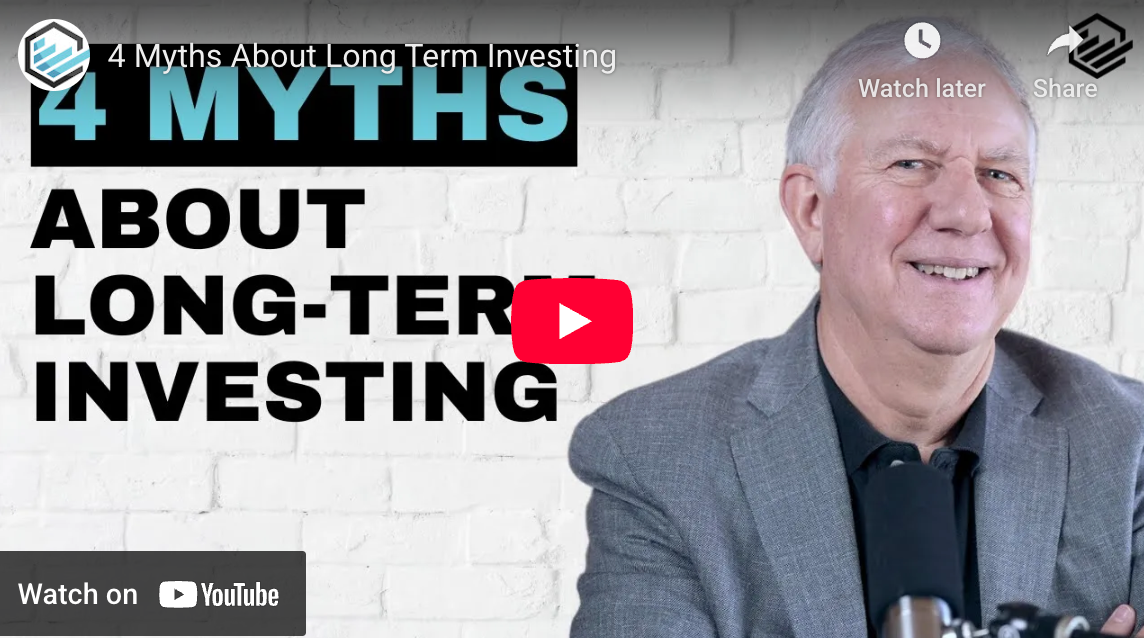Silver vs. Gold

If you’re ready to invest in precious metals, should you be buying silver, not gold? Today, we're going to be addressing the question, and how to know if that's best for you and your family.
It is important to understand the difference between these two precious metals–silver and gold–and why you might favor one over the other. Number one, the total supply of new silver each year is close to 1
billion ounces while gold's annual supply is around 83 million ounces.
This makes it
seem like the silver market is a lot bigger than gold's, but it's just the opposite because of the huge difference in their price! Silver's lower price makes the value of the annual supply much smaller than gold’s, and this also explains why silver is so much more volatile than gold.
So, let’s examine silver vs. gold, so that you can determine what’s best for your precious metals investing.
Silver is Better for Trade Than Gold, But Gold is Easier to Transport
Silver is better for physical trade as silver is easier to acquire than gold. You can get more metal for your dollar with silver.
Gold, however, is generally more
conservative; it’s a solid hedge used for protecting your purchasing power and investments. Gold is better for
saving than for trade, but gold is also easier to store and to transport, because of how much less of it you need due to its value.
Additionally, most silver is a lot less dense than gold. In other words, pure silver is
84 percent larger in volume than pure gold. This means that silver takes up as much as
128 times more space than gold for the
same dollar amount.
Keep this in mind as well: silver coins and bars must be stored in a dry place with no exposure to the elements, since silver will also eventually tarnish. Pure gold does not do that!
It takes a lot more strategizing and physical storage space to store silver over gold.
Silver Prices are Volatile While Gold is More Steady
It takes only a relatively small amount of money to have a greater impact on silver's price. As a result, silver will rise and fall more than gold, which can make the silver spot price chart look pretty scary sometimes–that’s the volatility I mentioned above!
Another interesting factor is that Governments are increasing their gold reserves but they are simultaneously decreasing their silver reserves (or at least not doing anything with them). This difference may not seem like something to be worried about right now, but it's a very significant kind of “behind the scenes” development that could drastically alter the prices of metals in the future.
For example, Governments and other institutions used to hold a whole lot of silver inventories. Today, however, most of them no longer have any stockpiles of the metal because real silver is no longer used to mint circulating coins like it used to be. Only a few countries still warehouse silver, but the amount is in stark contrast with the large increases in gold that central banks have accumulated in official reserves over the last few decades.
But while this source of demand for gold isn't present for silver, it does put the silver market in an interesting situation because if the need for physical silver were to suddenly appear–maybe because of a particular type of financial crisis, or spike in silver demand–governments won't be able to meet those needs with their current stockpiles.
This has the potential to lead to higher silver prices in the future, and one more possible contributor to silver’s “upside potential” that analysts have been talking about for decades.
Silver Has More Industrial Demand Than Gold
Because silver is a considerably more useful metal than gold, there are some implications here that could play a big part in your decision to accumulate silver over gold. Even though gold is an undeniably excellent store of value, gold is used in relatively few industries outside of jewelry and investing.
According to statistics released by the World Gold Council, on average, less than 8 percent of gold production around the world is actually used in technological industries. Silver, on the other hand, is used in a huge variety of different industries and technologies, which all play a very important role in our everyday lives.
Around half of all silver produced in the world is sourced for the purpose of production in technology and appliances that cover a wide range of needs.
Some examples of where silver is used in production:
- Radiology
- Photography
- Chips and circuit boards
- Explosives
- Water purification systems
- Medical field and medical field technology
- Solar energy
Given the fact that it's almost certain that the renewable energy sector will continue to grow and increase in demand itself, silver would therefore play a bigger and bigger role in that industry, and its price could increase potentially as a result of it.
Deciding which metal is best for you and your family is totally up to you and the personal concerns that you have for the future!
However, knowing a few of these details can help you factor in more variables to your risk management and could potentially save you money, time, and will prepare you for the logistical side of planning as well.
Now, my hope is that this information will help you and help you better understand the differences between silver and gold precious metals and how one may be better for your family over the other.
If this topic interests you and you want to learn more about the history of money and how society has evolved from using precious metals to using digital fiat currency, I would love to invite you to check out my online course, “Barter to Currency.”
Understanding the history of money can be the key to having financial confidence as money evolves over time and is available through TRADEway’s Barter to Currency course.
Watch this video for more information:

Did you love this? Share it with your family & friends!














































